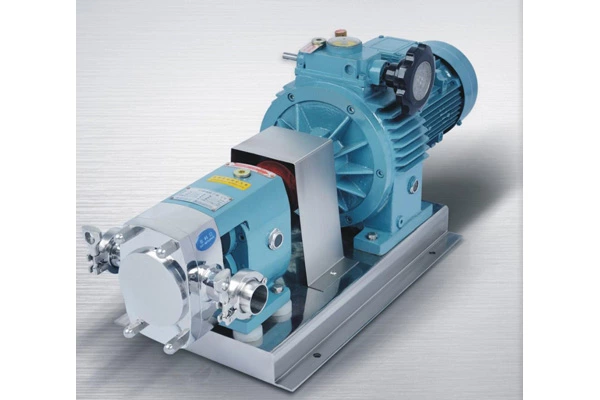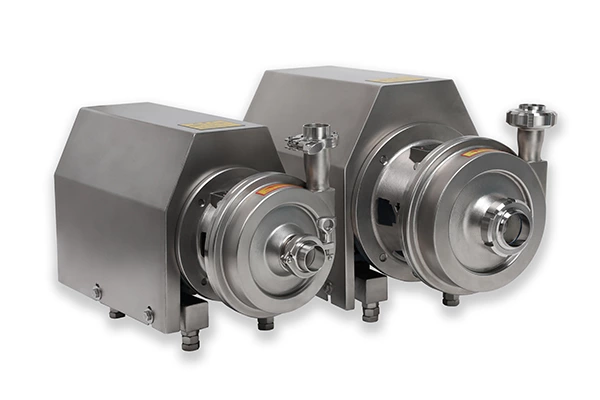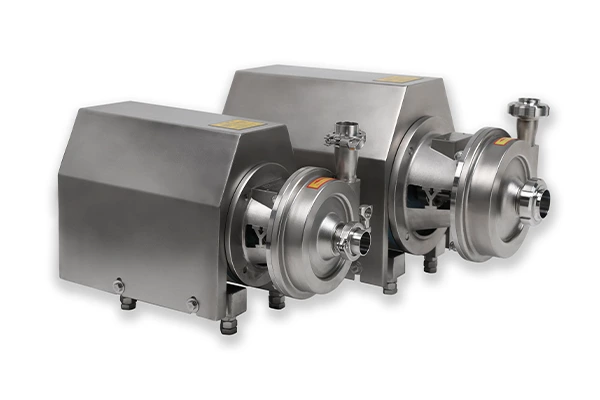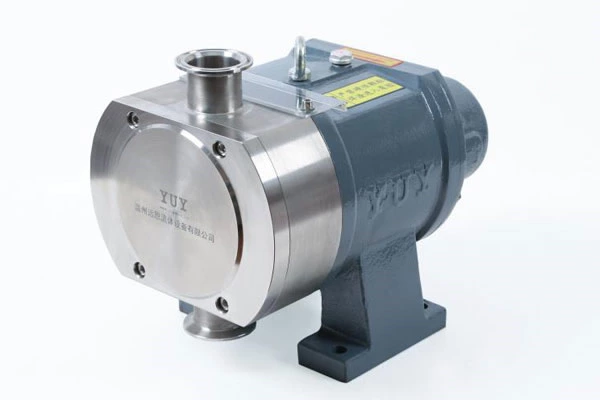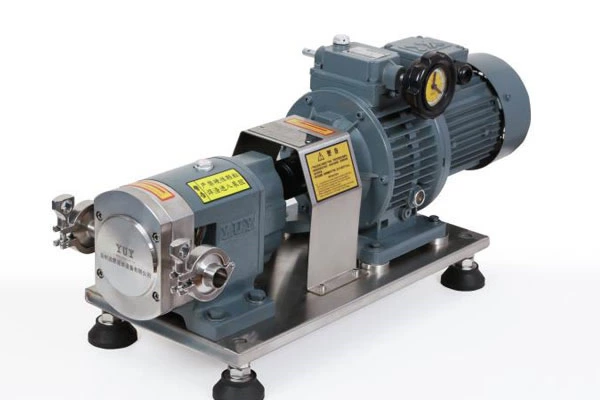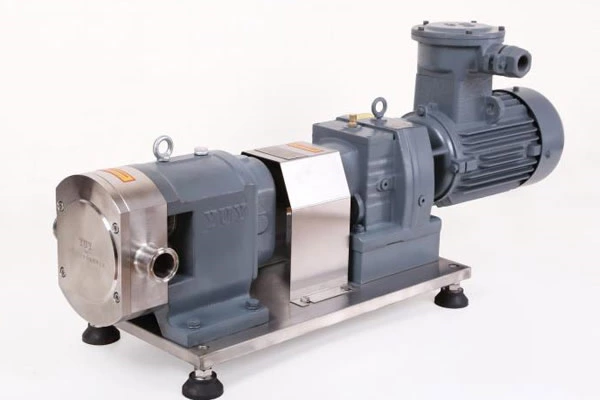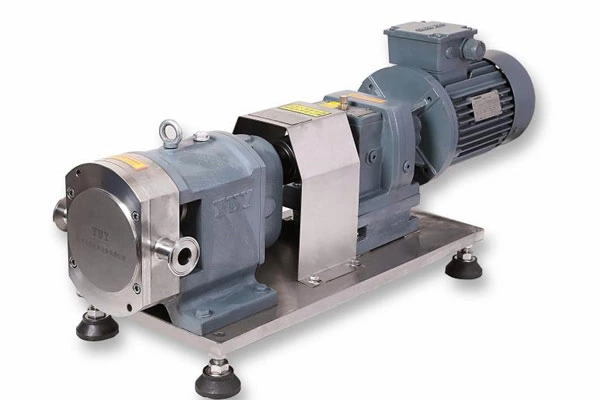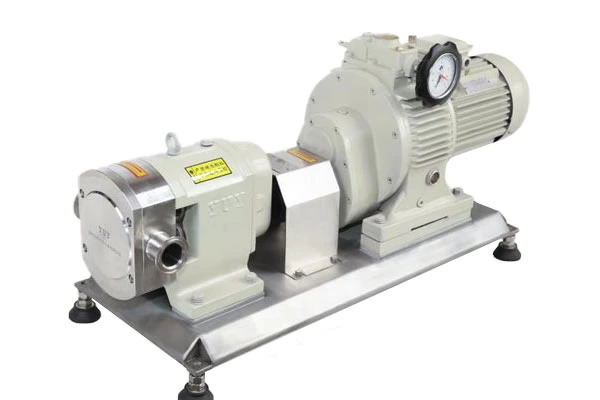Detailed Explanation Of The Production Focus Of Sanitary Rotary Vane Pumps
Sanitary Rotary Lobe Pump The first thing that manufacturers need to understand when manufacturing is what the product is targeted at. Simply put, if the product does not have a specific advantage in the industry and is not outstanding enough, it will not be able to gain an advantage in attracting customers among many peers.
The main focus of the sanitary rotary vane pump is still on the two words "self-priming". Why do you say that? The gap between the tongue and the impeller of the sewage pump has a great influence on the self-priming performance. The smaller the gap between the tongue and the impeller of the upper extrusion chamber, the shorter the self-priming time. This gap is usually taken by external mixing; internal mixing. If it is designed as a double volute chamber, the gap between the tongue and the impeller of the lower extrusion chamber can usually be determined according to the method of determining the gap between the tongue and the impeller of the extrusion chamber of a general centrifugal pump, that is, the lower tongue is located on the base circle of the volute chamber.
The sanitary rotary vane pump is also called a solid-liquid pump or an impurity pump. This series of pumps has a unique hydraulic design. The impeller is retracted in a separate impeller chamber. The water pressure chamber is connected to the impeller chamber. When the impeller rotates, the liquid in the pump produces a strong axial vortex effect, which causes a vacuum in the inlet and a head at the outlet. Therefore, impurities can be discharged from the pressure chamber, so its flow channel is completely unobstructed, and its sewage discharge effect is incomparable to other self-priming types.
Sewage sometimes carries granular impurities. If the particles are too large and there are no isolation measures in the sewage pool, the large particle medium cannot be discharged after being absorbed by the sanitary rotary vane pump, and accumulates in the pump, causing the pump absorption state to deteriorate. When it accumulates to a certain extent, it is not cleaned in time, blocking the suction port of the sanitary rotary vane pump, and the working condition of the sewage pump is seriously deteriorated, and the pump will vibrate violently. Self-priming means that the pump is started without filling the suction pipe with liquid (but there must be enough liquid in the pump body). The pump itself can automatically remove the gas in the suction pipe and then enter normal operation. The pump must be filled with enough liquid when it is started for the first time. When it is started later, the liquid retained in the pump body will ensure that the pump can be started again.
For this reason, a filter valve can be added to the inlet end of the pipe of the sanitary rotary vane pump, or the sewage pool can be stirred in a large area to deposit particles away from the water inlet pipe, so as to reduce the possibility of particles entering the water inlet pipe. You can also use a leather hose to pump the water into a clean pool using the siphon principle, and then use a sanitary rotary vane pump to extract it.
The most critical issue for sanitary rotary vane pumps is reliability, because the medium to be transported is a mixed liquid containing solid materials. This problem makes the requirements of sewage pumps in terms of sealing, motor load capacity, bearing arrangement and selection higher than those of ordinary pumps. Therefore, when selecting a sewage pump, you must understand the sealing reliability and load capacity of the sewage pump.
